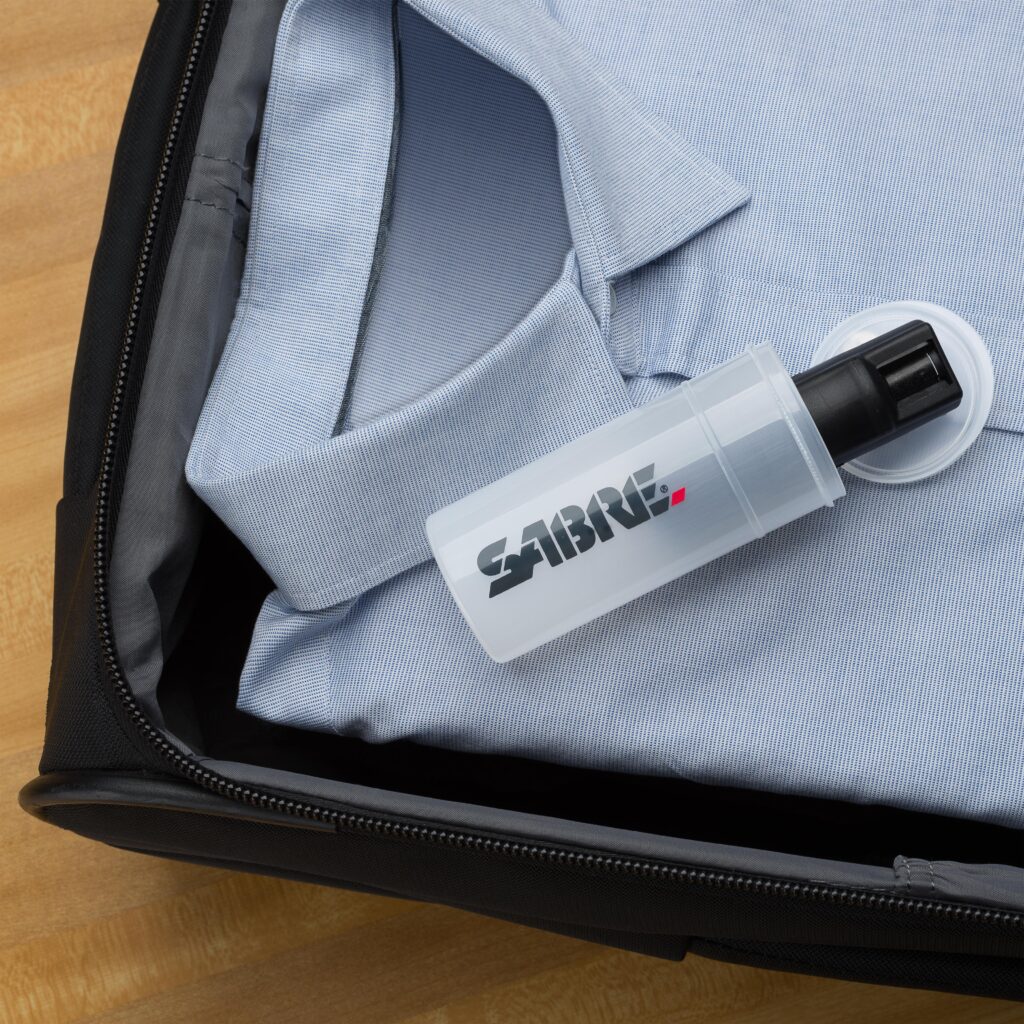Table of Contents
- Understanding TSA Regulations on Pepper Spray in Carry-On and Checked Luggage
- Permitted Sizes and Concentrations for Pepper Spray on Flights
- Safety Precautions and Packaging Tips for Traveling with Pepper Spray
- Alternatives and Legal Considerations for Self-Defense Items in Air Travel
- Concluding Remarks
Understanding TSA Regulations on Pepper Spray in Carry-On and Checked Luggage
When it comes to carrying pepper spray while flying, the Transportation Security Administration (TSA) has clear and specific regulations designed to balance passenger safety with security. Pepper spray is generally prohibited in carry-on luggage, primarily due to its aerosol nature and potential risk in a confined space like an airplane cabin. However, travelers who rely on pepper spray for personal protection aren’t entirely out of options. The TSA allows certain types of pepper sprays in checked baggage, provided they meet strict criteria.
For pepper spray to be legally packed in checked luggage, it must be in a container no larger than 4 fluid ounces (118 ml), and it cannot contain more than 2 percent by mass of petroleum-based propellant. Additionally, the container must have a functional safety mechanism to prevent accidental discharge during the flight. Here’s what you need to remember:
- No pepper spray in carry-on bags.
- Checked luggage allowance up to 4 ounces with safety features.
- Compliance with airline-specific policies may vary-always check before you fly.
Permitted Sizes and Concentrations for Pepper Spray on Flights
When traveling with pepper spray, it’s crucial to adhere to the Transportation Security Administration’s specific restrictions to ensure your safety and compliance. The TSA permits pepper spray cans only if they contain 2 ounces (56.7 grams) or less of the substance. Anything exceeding this limit is strictly prohibited in both carry-on and checked luggage. Additionally, the spray must have a functional safety mechanism to prevent accidental discharge during handling and screening processes.
Besides size and volume constraints, concentration levels play a vital role. The chemical compound typically is limited to less than 10% oleoresin capsicum (OC), the active ingredient that causes irritation. Before packing your pepper spray, verify the label indicating concentration and size to avoid confiscation at security checkpoints. Remember, this ensures a smoother travel experience without jeopardizing security protocols or personal protection.
- Maximum container size: 2 ounces (56.7 grams) or less
- Oleoresin capsicum concentration: Less than 10%
- Safety features: Must have a functional safety cap
- Allowed in: Carry-on and checked baggage under TSA rules
Safety Precautions and Packaging Tips for Traveling with Pepper Spray
When carrying pepper spray while traveling, prioritize safety by ensuring the canister is securely capped and free from any damage or leaks. It’s essential to place the spray in a sturdy container-preferably a hard-sided case or a dedicated protective pouch-to prevent accidental discharge. Keep the canister separate from other items and away from areas with extreme temperatures, as exposure to heat or cold may alter its pressure and functionality. Always double-check local laws at your destination to guarantee compliance beyond TSA regulations.
For hassle-free transit, pack pepper spray in your checked luggage since TSA prohibits carrying it in carry-on bags. Use clear, resealable plastic bags to contain the item and any packaging materials – this aids inspection and helps maintain cleanliness. Labeling the container clearly with product details can also speed up security screening. Remember to keep the canister accessible upon arrival so you can verify its condition and ensure it remains ready for personal protection when needed.
Alternatives and Legal Considerations for Self-Defense Items in Air Travel
When it comes to ensuring your personal safety during air travel, it’s crucial to understand the restrictions imposed by the Transportation Security Administration (TSA) on self-defense items. Since pepper spray is generally prohibited in both carry-on and checked baggage due to its classification as a hazardous material, travelers often seek legal and effective alternatives. Consider items such as personal alarms, tactical flashlights, or even wearable safety devices, which can provide a deterrent effect without violating TSA regulations or risking confiscation at the checkpoint.
Before packing any self-defense tool, always check for the latest TSA guidelines and local laws at your destination. The following practices can help you stay compliant and prepared:
- Use TSA-approved safety accessories: Opt for devices explicitly permitted in carry-on bags.
- Declare any special items: If you have a medical need for certain sprays or sprays with alternative formulations, communicate this clearly during security screening.
- Understand legal differences: Laws regarding self-defense items vary significantly between states and countries, so research ahead of travel.
Concluding Remarks
Traveling with pepper spray requires a clear understanding of TSA rules to ensure a smooth journey and avoid any unwanted delays. By knowing the regulations, such as the allowed container size, proper packaging, and restrictions on carry-on versus checked luggage, you can stay prepared and compliant. Always check the latest TSA guidelines before you travel, as rules may change. Staying informed not only helps protect your safety but also keeps your trip hassle-free. Safe travels!Check Our Other Blogs
- StunGun – Your Trusted Source for Stun Guns, Laws, and Self-Defense Tips
- PepperSprayLaws – Your Trusted Resource for Pepper Spray Information
- StunGunLaws – Your Trusted Guide to Stun Gun Legality and Safety




